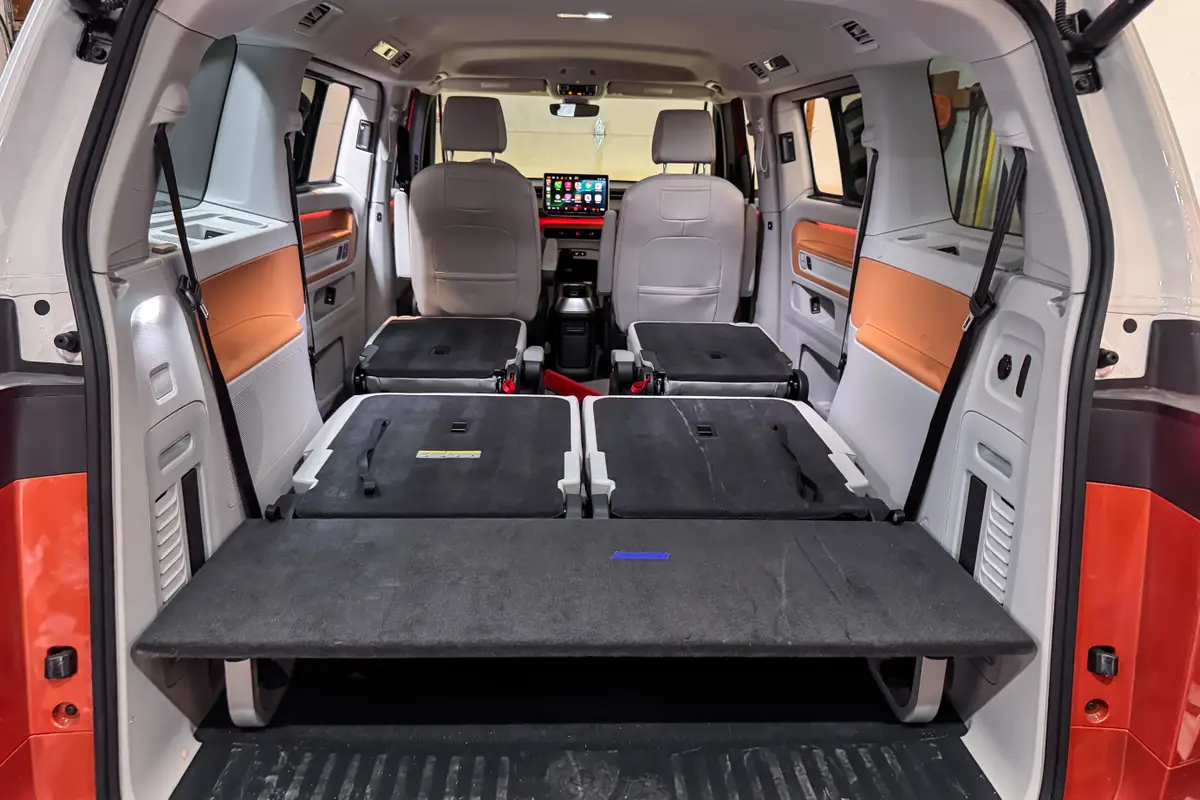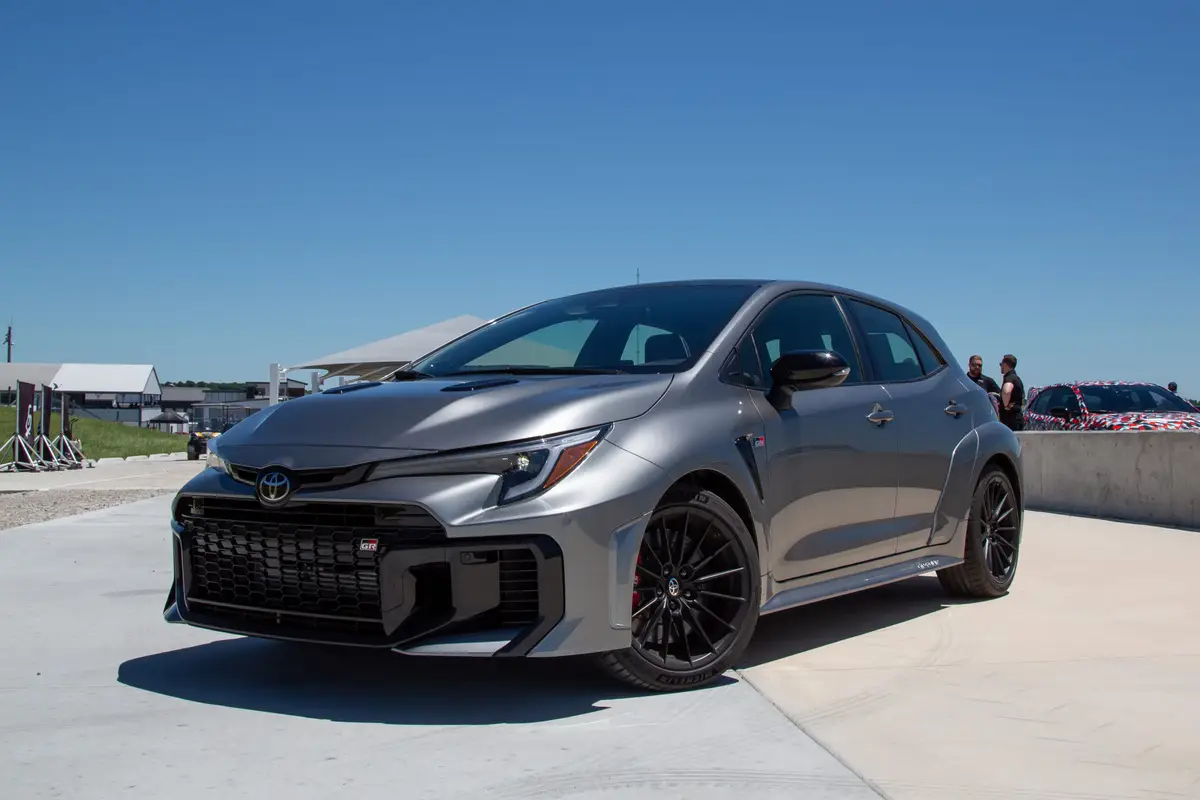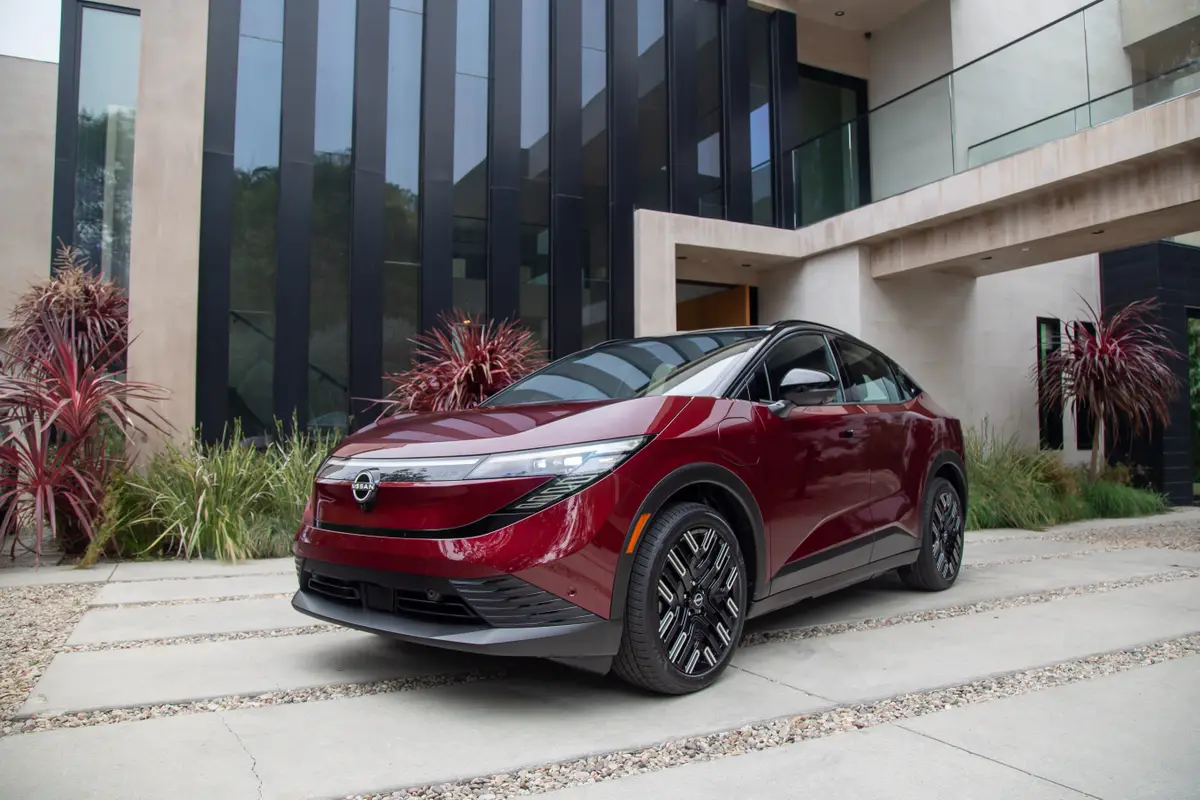Subaru's EyeSight System Makes Active Safety Features More Affordable
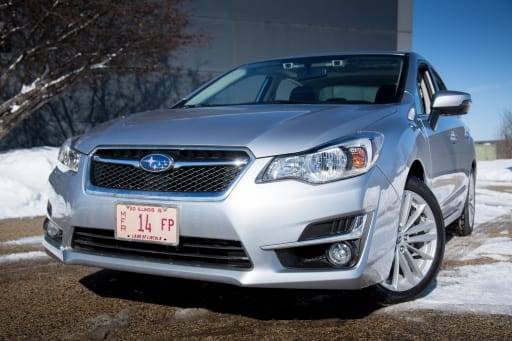
An automotive industry analyst told me not long ago that active safety features such as adaptive cruise control and precollision braking will become common in cars — even inexpensive models — to save us from ourselves. As if on cue, Subaru offers a suite of active safety features, called EyeSight, on five of its models.
Related: More Subaru News
EyeSight uses two cameras mounted near the rearview mirror to monitor the cars ahead of you. It can detect pedestrians in the car’s path as well as automatically engage the brakes to mitigate or avoid a crash. The EyeSight suite of systems includes adaptive cruise control, precollision braking, lane departure warning, blind spot warning, lane change assist and rear cross-traffic alert.
EyeSight is one of the few systems to receive a top score of superior from the Insurance Institute for Highway Safety. Not only does EyeSight offer more active safety features (think precollision throttle management and braking) than many others systems, but it also has a low price tag. Well-played, Subaru.
I drove the 2015 Subaru Impreza, with an as-tested price of $26,885, including a destination fee. EyeSight, in this case, was part of a $2,795 option package. I’m used to being swathed in active safety features when I’m test-driving a luxury brand, but I’ve never experienced it in a non-luxury car; I had a hard time comprehending that a car that costs less than $30,000 could offer so much. After testing EyeSight firsthand and comparing it with a few of the luxury models’ systems, my doubts subsided.
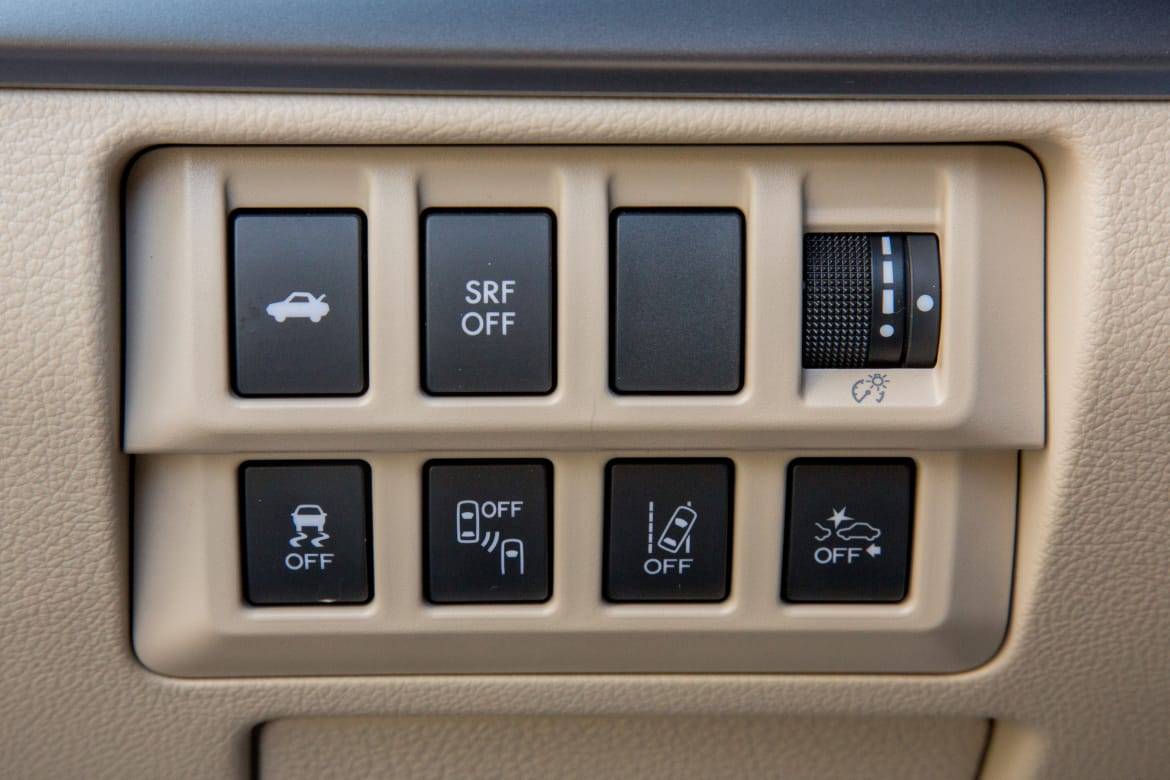
In the Impreza, the alarms that sounded when I got too close to a car in front of me or veered out of my lane were loud enough to get my attention, but didn’t scare me. The adaptive cruise control, which is rare at this price, worked well, and the car really does brake if you’re getting dangerously close to the car in front of you and not braking yourself (my husband was grateful for that feature).
Because the EyeSight cameras are mounted inside the windshield, the wipers keep the view in front of them clean at all times. Other systems often use a sensor or camera in the bumper, which needs to be routinely cleaned off in inclement weather. Moreover, since EyeSight is in the windshield, it won’t break in the event of any bumper impact. In bumper-mounted systems, an accident can lead to a pricey repair or replacement.
I also tested active safety systems on some luxury models. They all offered a similar suite of features comparable to those found in EyeSight, but each of these cars cost in the $50,000 range — a lot more than an Impreza. I tested a 2015 Audi S3 2.0T and a 2015 Volvo XC60 T6.
The Audi S3’s active safety system relies on a camera mounted near the rearview mirror as well as sensors on the car’s front and rear, so it’s similar in method to Subaru’s EyeSight.
Volvo long has been associated with safety innovations, and the XC60 underscores that reputation. In addition to precollision braking and throttle management, adaptive cruise control, and lane departure and sway warning, there are enhancements such as pedestrian/cyclist detection with auto brake, cruise control queue control (hello, easy times ahead in the carpool lane or horrible rush-hour traffic!), active high beams, road sign information, distance and driver alertness monitoring, lane change and merge aid, and cross-traffic alert. Of course, both the S3 and the XC60 that I tested cost just upward of $52,000, a price at which you could buy an Impreza for yourself and your BFF.
Active safety features help save us from ourselves and are a worthwhile investment. For the money, Subaru’s EyeSight offers a lot of bang for the buck (or no bang if you pay extra bucks?) and puts these important safety features into more consumers’ hands.
Featured stories
